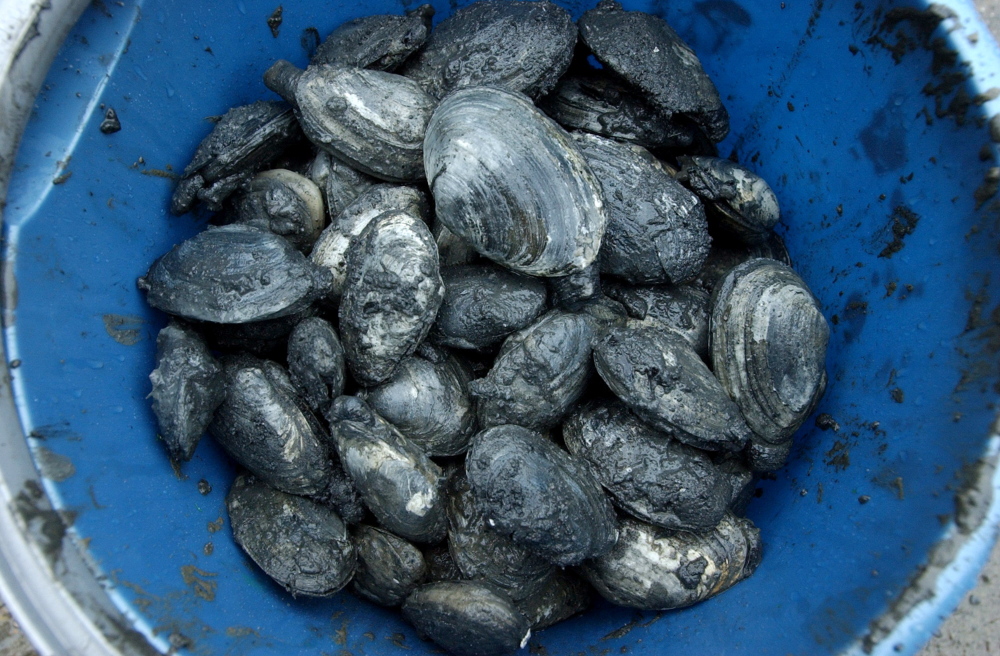Why, researchers wondered, had outbreaks of a leukemia-like cancer been ravaging soft-shell clams along the East Coast for decades? Perhaps a virus was spreading the disease. Maybe something about the environment made the mollusks prone to the fatal illness.
The answer was far more surprising: The tumor cells themselves were contagious, and each had the same origin. The cancer had originated in some ill-fated clam long ago, grown and divided, then made its way into other clams, from Long Island to Canada.
“It was really wild,” said Stephen Goff, a Columbia microbiology and biochemistry professor and one of the authors behind the findings, published Thursday in the journal Cell. “It was not what we were expecting.”
For starters, yes, clams can and do get leukemia. Pretty often, in fact. That part of the story isn’t new at all. “They are more complicated animals than you might think,” Goff said.
The mystery he and several colleagues wanted to solve was why – and how – the fatal disease has spread relentlessly through certain mollusks in different parts of the world, leading to massive population loss.
Typically, we think of cancer as a mutation of an organism’s own cells, something that arises within the body and grows out of control. But the case with clams turned out precisely the opposite. When fellow Columbia researcher and study author Michael Metzger analyzed cancer cells from clams in New York, Maine and Prince Edward Island in Canada, he found that despite their far-flung locations, the DNA of their cancer was nearly identical. The cancerous cells were clones.
“These tumors did not arise from any cells of the host animal,” Goff said. “They were all distinct from the genotype of the animals they were growing inside.”
Researchers have yet to determine when the mollusk-killing cancer line first arose and where. They aren’t exactly sure how it spreads from one clam to another, though the cancerous cells must be able to survive in sea water long enough to find and sicken new hosts.
But the findings suggest that the transmission of cancer cells in the wild could be more widespread than previously believed. Only two other known cases of contagious cancer exist in nature. One involves Tasmanian devil “facial tumor disease” and is transmitted through biting. The other involves canine transmissible venereal tumors, which is spread through sexual contact.
So what useful information might the unique spread of cancer in clams hold for humans?
Goff said the transmission of cancerous cells in the ocean is merely “an extreme version” of the way that tumors in the body shed cells and find another spot, or another organ, in which to start growing.
“I think this could teach us about metastasis. … The seeding process is maybe similar,” he said. “It has the potential to teach us a lot about how cells can colonize in a new site.”
Send questions/comments to the editors.



Success. Please wait for the page to reload. If the page does not reload within 5 seconds, please refresh the page.
Enter your email and password to access comments.
Hi, to comment on stories you must . This profile is in addition to your subscription and website login.
Already have a commenting profile? .
Invalid username/password.
Please check your email to confirm and complete your registration.
Only subscribers are eligible to post comments. Please subscribe or login first for digital access. Here’s why.
Use the form below to reset your password. When you've submitted your account email, we will send an email with a reset code.